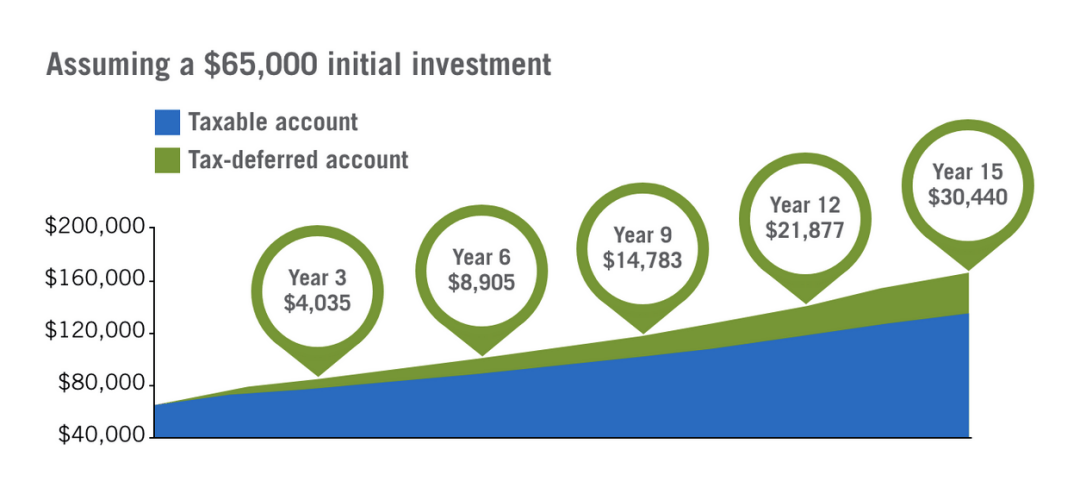
ATLANTA – The Arthur M. Blank Family Foundation has reached the milestone of committing $1 billion in giving since its inception in 1995. Founded by Arthur M. Blank, notable philanthropist and co-founder of The Home Depot, the foundation has invested in improving lives and communities across the country, predominantly in Georgia and Montana.
This $1 billion investment has supported nonprofits working on a range of issues. In the foundation’s early years this included early childhood education, parks and greenspaces, the arts, health and fitness, college and career prep, long-term positive revitalization of Atlanta’s Westside, and more. The foundation has worked alongside nonprofit partners to drive meaningful impact through a values-based and outcomes-focused approach to philanthropy. It has connected experts, leaders and community organizations that are committed to solving some of society’s most pressing issues, both locally and nationally.
In its first year of operation, the foundation approved more than $5 million in grants. Over time, the foundation has supported more than 3,500 nonprofits and has granted more than $670 million in Georgia and more than $28 million in Montana.
“We are proud to have reached this significant milestone, but this moment is truly a testament to the dedicated service of the thousands of nonprofits we’ve supported over the past two and a half decades,” said Arthur M. Blank, chairman, Arthur M. Blank Family Foundation. “I’m thankful for every current and former associate and board member of the foundation who helped us reach this point, and I know that together with our grantee partners we can continue making a meaningful difference in the lives of others. I look forward to what’s to come and the continued impact we will all make together.”
Recent grants enabling the foundation to reach this significant milestone include:
· $3 million to Boys & Girls Clubs of Metro Atlanta to support its Rising Together campaign to serve more children, more often, with greater impact
· $1 million to CARE USA for its Humanitarian Surge Fund, which enables the rapid deployment of staff, equipment and resources when emergencies strike, delivering aid that saves lives while paving the way for long-term recovery
· $500,000 from the AMB West Community Fund, a committee funded by the foundation and led by associates at Blank’s ranches in Paradise Valley, Montana, that invests in the local community
· $1 million from the Molly Blank Fund to support PJ Library, which provides free books to more than 600,000 Jewish children
· $500,000 to The Carter Center to support its Georgia mental health program, as part of the foundation’s new Mental Health & Well-Being giving area
· $9.25 million to Energy Foundation to inform policy makers about the benefits of clean energy markets and commitments across regions, as part of the foundation’s new Environment giving area
· $1.04 million to Westside Future Fund to support the production of permanently affordable rental housing as part of the foundation’s recent $2.4 million in grants to increase financial security and affordable housing for legacy residents in Atlanta’s historic Westside
As the Blank Family Foundation surpasses the $1 billion mark in giving, it is preparing to accelerate its philanthropy over the next decade. Guided by the interests of Blank family members serving on the board of directors, the foundation has identified new priority areas of giving: Youth Development, Democracy, Environment, Mental Health & Well-Being and Atlanta’s Westside. In addition to these priority areas of giving, the foundation will continue to oversee a large portfolio of enduring founder-led initiatives.
About the Arthur M. Blank Family Foundation
After more than 25 years and $1 billion in giving, the Arthur M. Blank Family Foundation is committed to significantly accelerating the impact of its philanthropy over the next 10+ years. The foundation is currently on a journey of deeper learning and strategy setting for its new priority areas: Youth Development, Democracy, Environment, Mental Health & Well-Being and Atlanta’s Westside. Across these portfolios, the foundation will look for opportunities to address the growing crisis of disconnection in our nation. Geographically, much of the work will continue to prioritize Georgia (with a focus on Atlanta) and Montana, while also considering the potential for greater national impact and influence.
In addition to the priority areas of giving, the foundation will continue to oversee a large portfolio of grants including support of essential Atlanta nonprofit institutions, such as Children’s Healthcare of Atlanta and Shepherd Center, and enduring founder-led initiatives, such as veterans and the military and stuttering, among others. The foundation will also continue to guide the six associate-led giving committees operating across the Blank Family of Businesses.
Mr. Blank, chairman of the foundation, co-founded The Home Depot, the world’s largest home improvement retailer, in 1978 and retired from the company as co-chairman in 2001.
For more information, please visit www.blankfoundation.org.






News Comments
This is so typical of a sign in, which we should not have to do to check if we or some one in our party got a permit. I have been working or "creating an account" for 30 minutes and just get the same ...
Smith River permit drawing results available
Sunday, Mar. 10, 2024
I have struggled with this podcast and my own participation therein, the event itself obviously traumatic, but beyond that my inability to reach anyone and convey anything resembling truth. The person ...
Billings, MT Case Becomes True Crime Podcast | 'An Absurd Result'
Marktokarski
Saturday, Jan. 20, 2024
Why not leave those cheerful, colorful garlands up longer? What’s the rush?
Main Street Closed Jan 2
Saturday, Dec. 30, 2023
You do not have the authority to determine what may or may not be sensitive lands! This is an example of extreme overreach on your part.
City of Bozeman, Gallatin County Adopt Sensitive Lands Protection Plan
Friday, Dec. 22, 2023